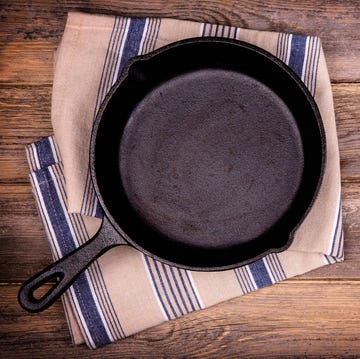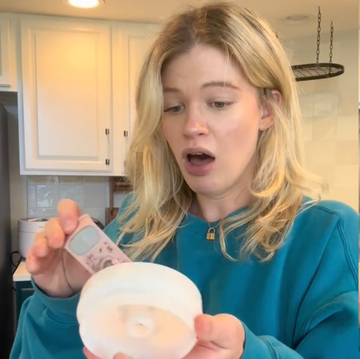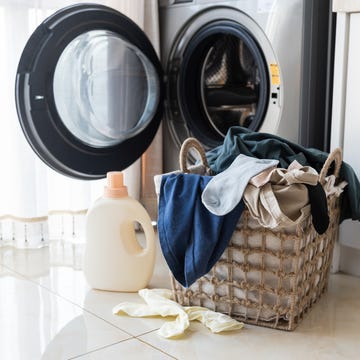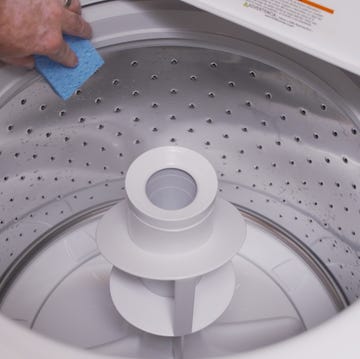1. Ironing fabrics that are too dry.
Wrinkles are easier to remove from fabrics that are slightly damp. If it's not convenient to iron garments as you take them from the dryer, use the spray feature of your iron to mist and soften each area before passing the iron over it. Zap extra stubborn wrinkles with a burst of steam.
2. Saving your delicates for last.
You can make the process go smoother and avoid any drips by ironing more delicate fabrics first, at lower temperature settings. Then work your way up to cotton and linen.
3. Cranking up the heat.
If the garment is made of a blend, select the setting for the more delicate fabric. It will help you preserve the garment.
4. Not using tap water.
Today's irons can handle tap water better than older models could. Unless your area's water is extremely hard, there's no reason to use distilled water. For areas with very hard tap water, mix it 50/50 with distilled.
5. Not cleaning your iron.
You'll want to clean the soleplate (the part you actually use to iron) occasionally, especially if yours gets gunky from starch. Try Faultless Iron Cleaner, which will get rid of residue on the exterior of the soleplate without damaging the iron's inner mechanisms; apply a bit of the paste with an old towel, then wipe clean.
6. Storing the iron with water in it.
Always empty the iron's water tank before putting the iron away, especially if you store it on its soleplate. This keeps excess water from damaging the internal parts and leaking through and discoloring the soleplate.
TELL US: What's your secret to perfectly pressed clothes?
More Cleaning Tips:
• 5 Big Mistakes You Make With Your Washing Machine
• 10 Surprising Things You Make With Your Dishwasher
• 7 Clever Uses for Dryer Sheets
Photo Credit: Henrik Sorensen/Getty
Carolyn Forte is the director of the Good Housekeeping Institute Home Appliances and Cleaning Products department.
This article originally appeared on GoodHousekeeping.com













